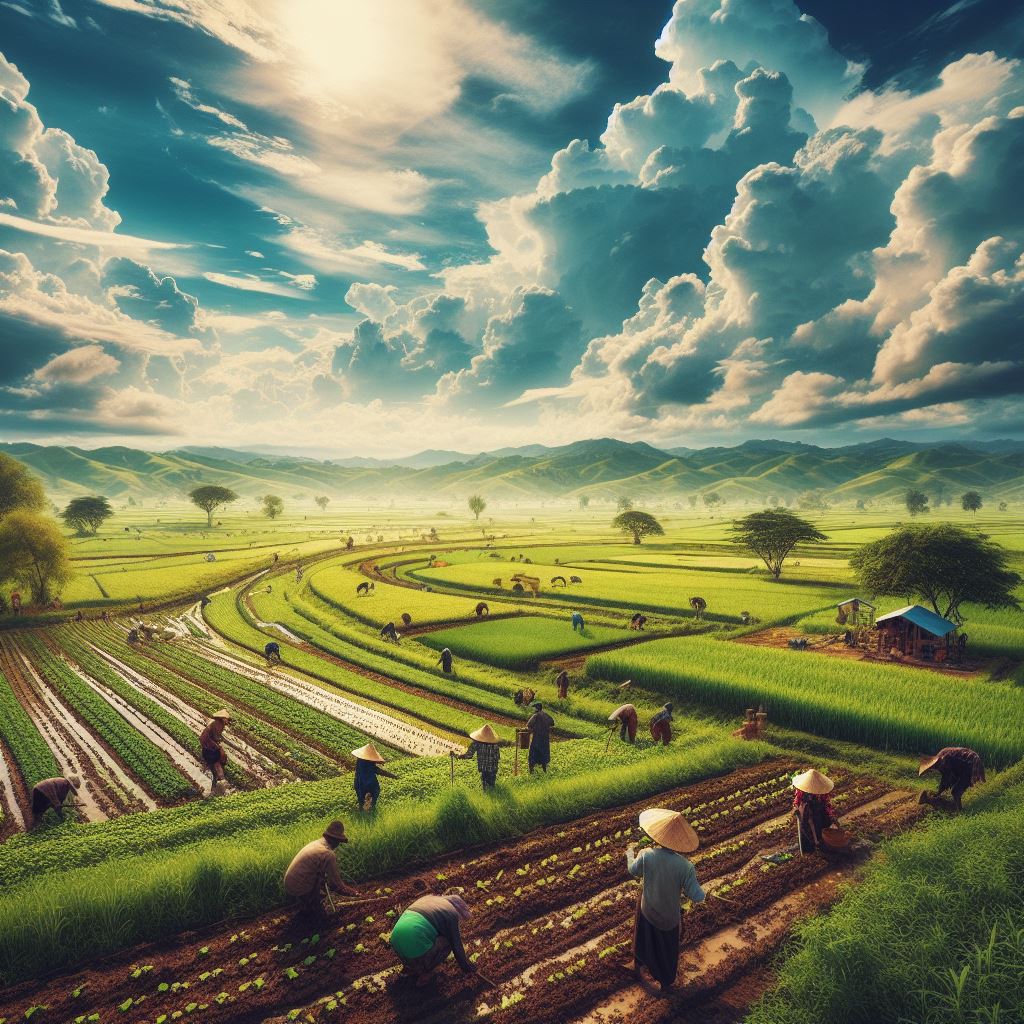
According to the World Migration Report 2022, Europe hosts some 87 million international migrants. Almost 10 million workers in Europe are ‘non-EU citizens’, of whom a number would fall into the ‘essential’ category.
Majority-world workers might have been compelled to migrate in search of employment. But there is also a demand for their labour in European markets. Yet, as with most employer-employee equations, this is not exactly a symbiotic relationship.
Migrant workers in Spain have lived in places with ‘far worse conditions than a refugee camp, without running water, electricity, or sanitation’.
In Europe and Central Asia combined, there are 4.1 million forced labourers. In Serbia, Indian workers have been driven to organise public protests in pursuit of unpaid wages. (Of course, workers from the Balkans are also discriminated against when they go to work in Western Europe.) In Italy, farm workers are dying by suicide. Migrant workers in Spain have lived in places with ‘far worse conditions than a refugee camp, without running water, electricity, or sanitation’. Women who went to work as domestic workers in diplomats’ houses in Switzerland have had to file coercion and trafficking cases against high-profile bosses.
This oppressive structure exists not only in traditional factories and on farms but also in the online world of platforms and the ‘gig’ economy. In Germany, a company offering cleaning services can undercut all others while still profiting from the informal workers it recruits. The workers, on the other hand, operate in isolation from one another with little or no bargaining power.
https://www.ips-journal.eu/work-and-digitalisation/all-work-and-low-pay-europes-migrant-workforce-6997/https://www.ips-journal.eu/work-and-digitalisation/all-work-and-low-pay-europes-migrant-workforce-6997/